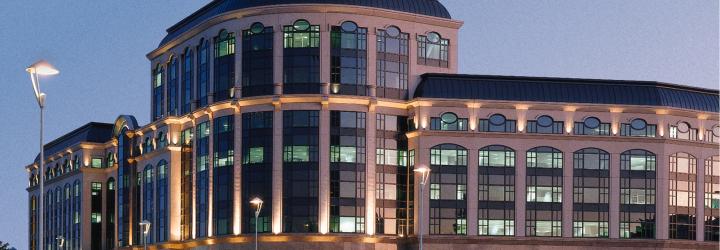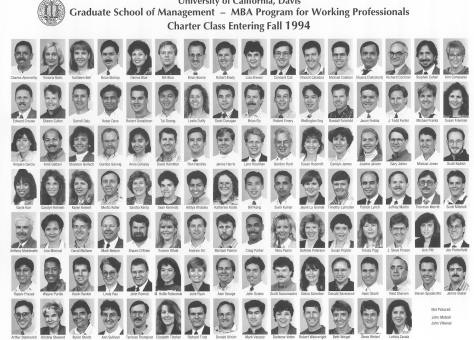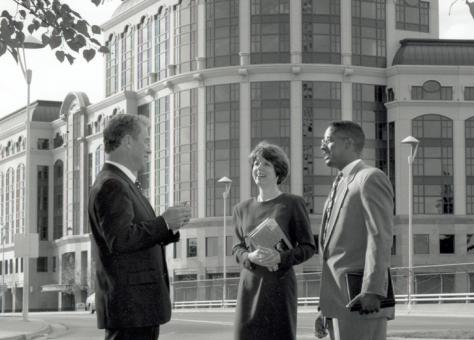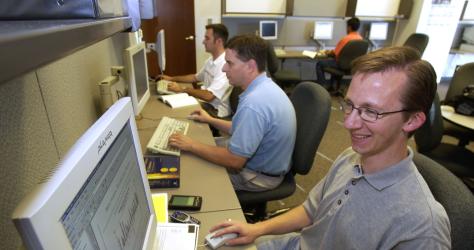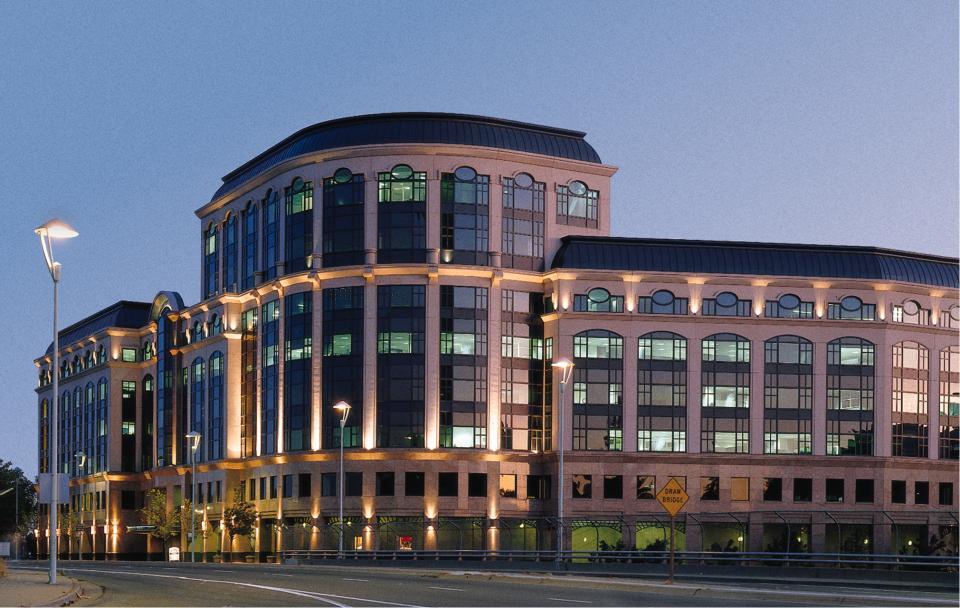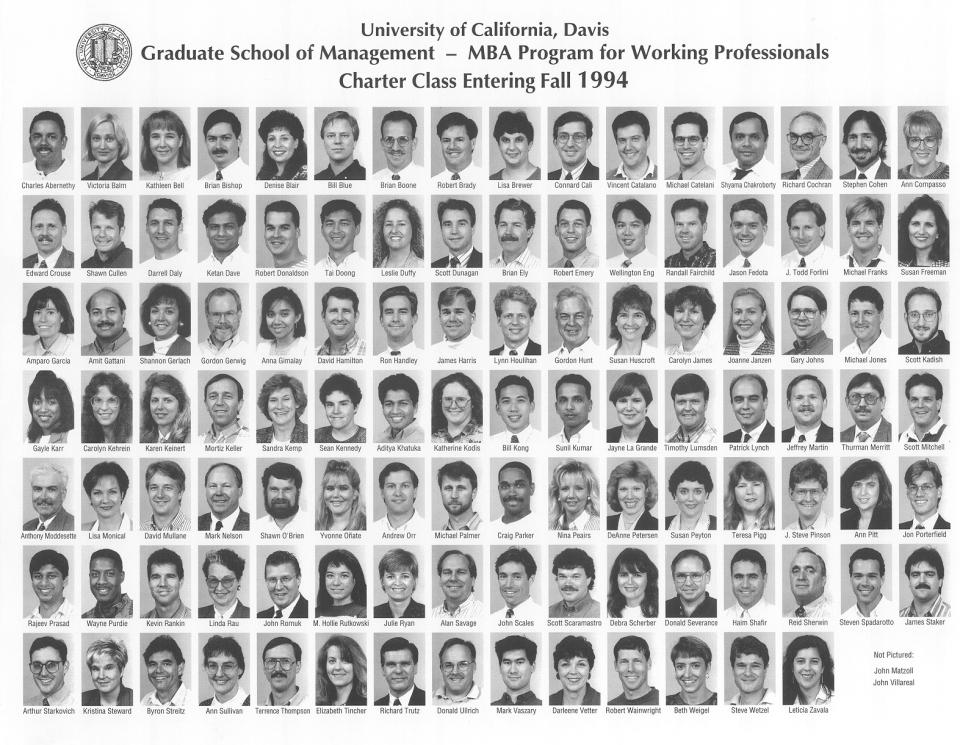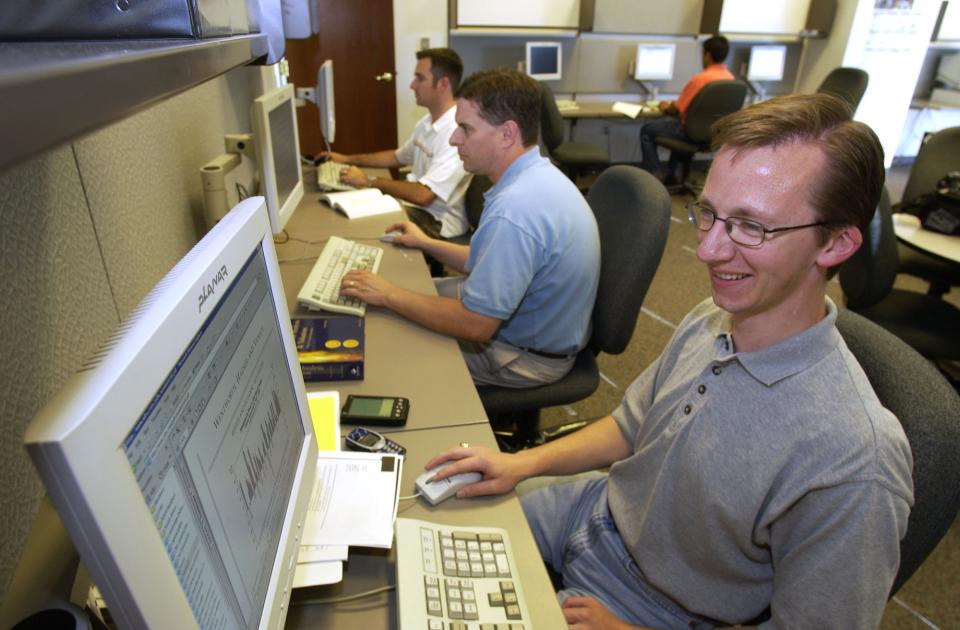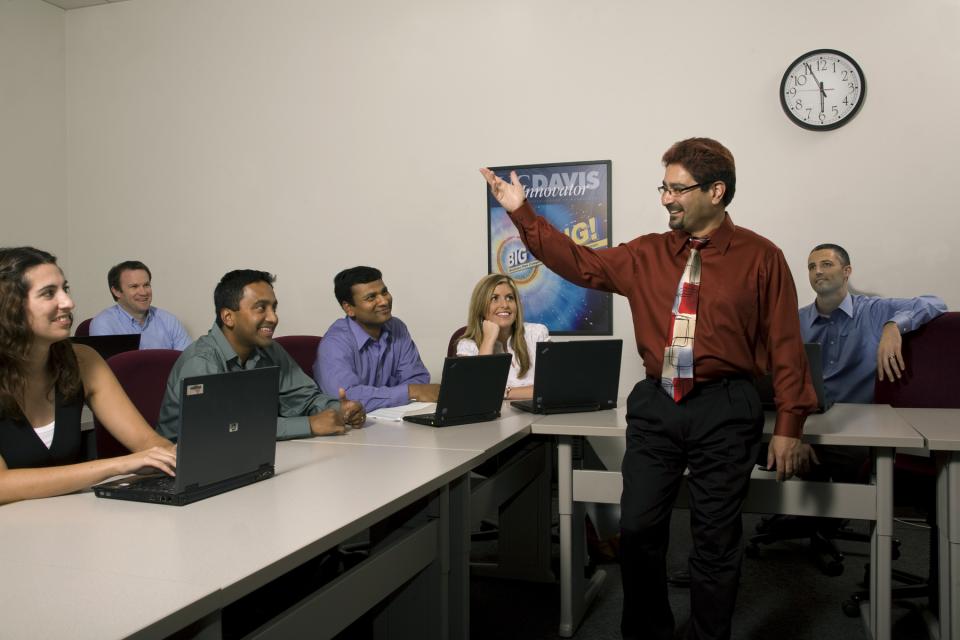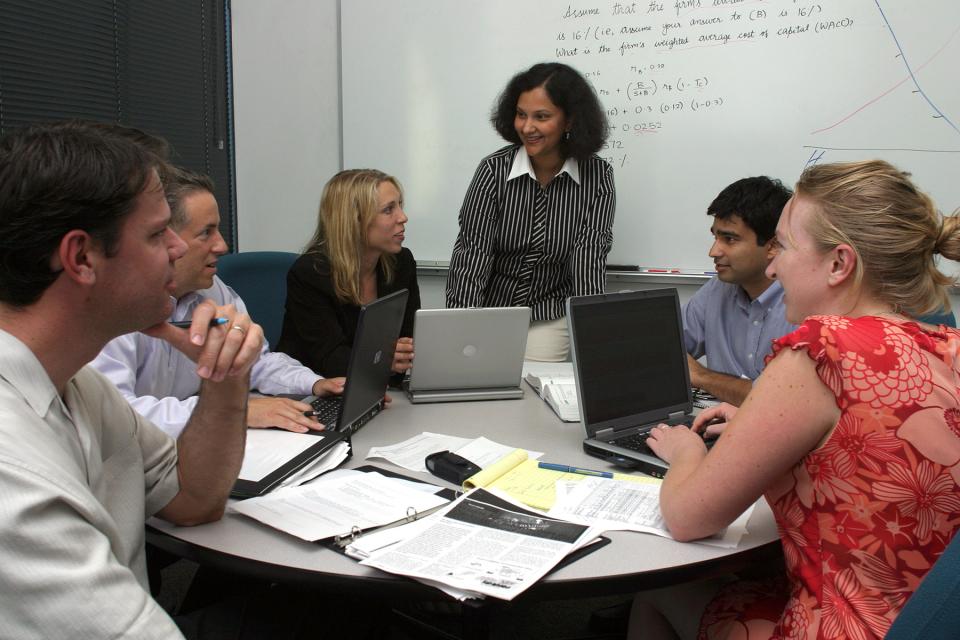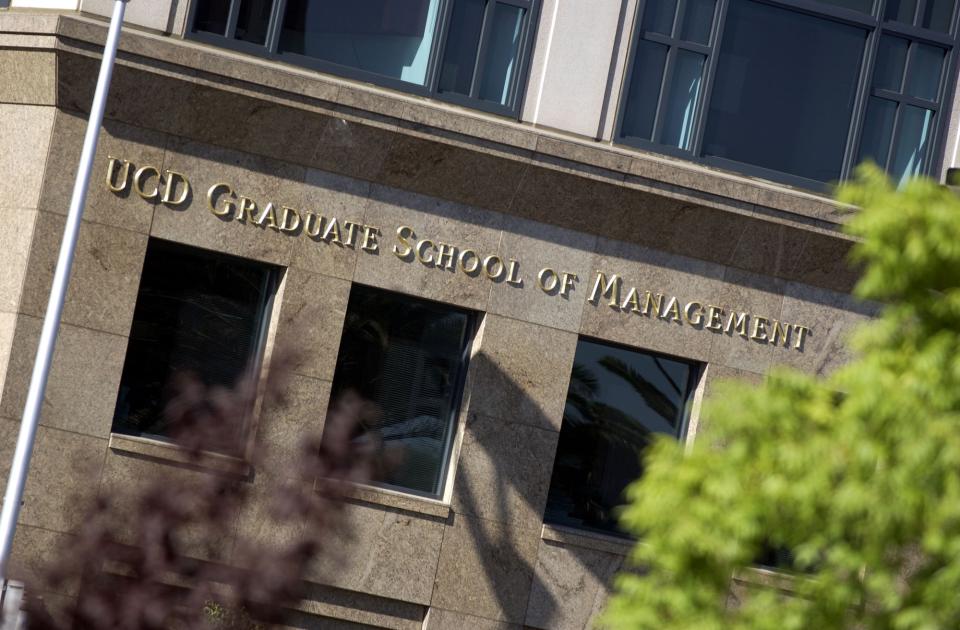Sacramento Part-Time MBA Marks 30 Years Preparing Capital Region Leaders
Looking back: “A defining moment" for the Graduate School of Management
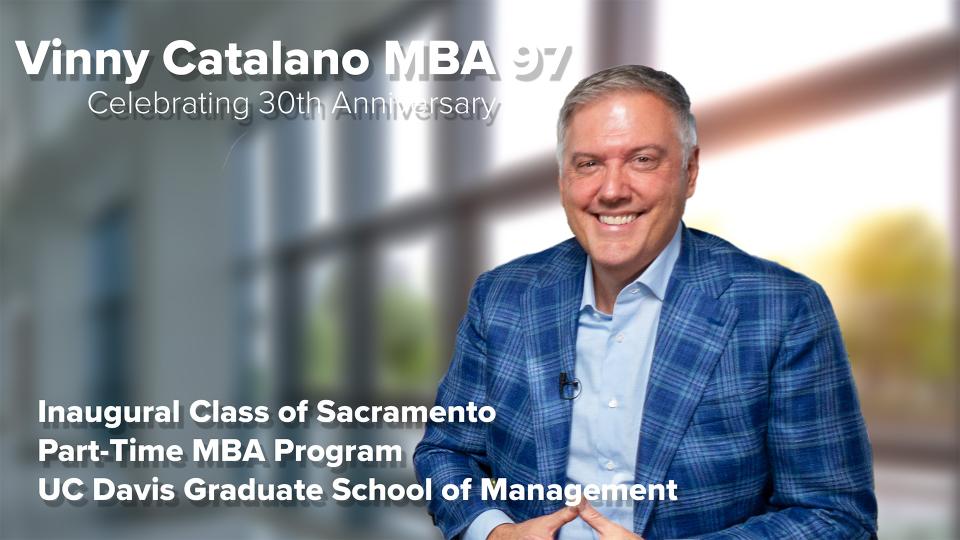
A jarring economic recession in the early 1990s rippled into a significant budget crisis for the University of California as the state's share of UC’s core funds fell below 60%. The financial blow trickled down to each campus, forcing some programs to make drastic cuts while sparking academic innovation by others.
Rising out of the ashes of the recession, the UC Davis Graduate School of Management (GSM) launched the MBA Program for Working Professionals in Sacramento to expand access to top-quality management education in the capital region.
What's more, the self-supporting revenues from the program would insulate the GSM from campus budget cuts that imperiled the very existence of the relatively young business School, which faced dwindling state support for its sole Full-Time MBA.
This fall marks the 30th anniversary of the inaugural class of what is now known as the Sacramento Part-Time MBA program.
The Backdrop
The claim that California's state government was too big and too expensive failed to explain the state's budget deficit and cuts to the UC allocation, observed Robert Smiley, then-dean and professor at the UC Davis Graduate School of Management, at the time in 1993.
"In comparing the number of state employees per thousand residents, the results show that state employment has actually been decreasing since 1976," Smiley said.
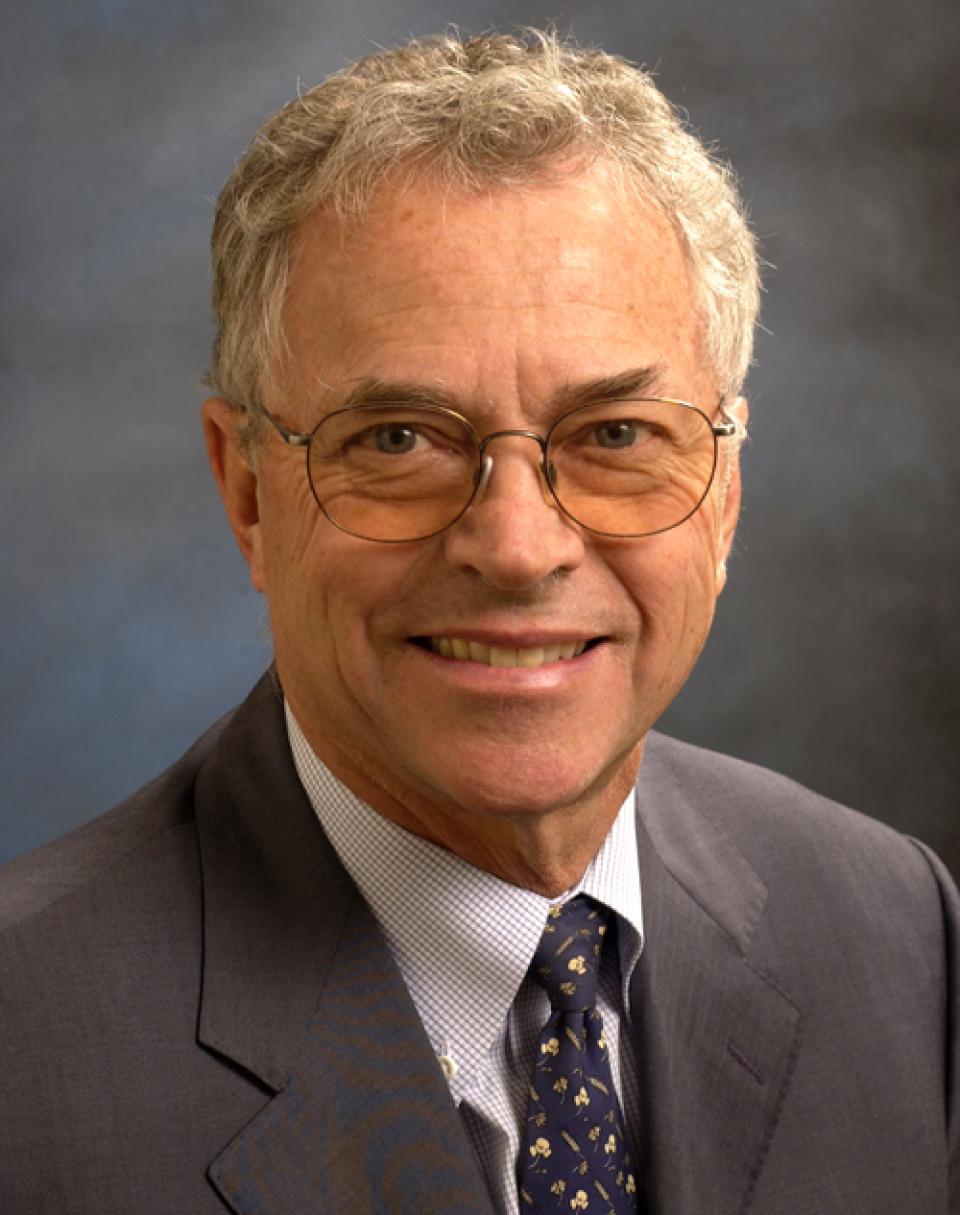
As an economist, Smiley kept close watch on the state’s fiscal health, including trends in state workers in Sacramento—the state capital—and the growing presence of Intel and HP in the region.
Meanwhile, he was simultaneously stewarding the approvals needed to launch what would become the game-changing new MBA program offered by the GSM.
The Doors Swing Open
“I made a presentation about our market research and reasons that the program would succeed,” recalled Smiley about lobbying UC and UC Davis leadership on the new degree format.
“This whole exercise, facing the budget crisis and developing the Working Professional MBA program, was a defining moment for the School.”
— then-Dean and Professor Robert Smiley
The UC Office of the President approved the UC Davis MBA Program for Working Professionals in Sacramento in winter 1993. The School acted quickly to start accepting applications in the spring of 1994 and welcomed the charter class that fall at a newly outfitted teaching suite on the first floor of the One Capitol Mall building in Old Sacramento near the Tower Bridge.
“We were delighted when over 200 applications arrived for the new program, and we enrolled a class of 120 students,” Smiley wrote in a history of the School. "Although the program has been enormously successful since then, the first year's large numbers were primarily (reflecting) pent-up demand.”
Celebrating Three Decades of Student Success in Sacramento
The vision that Sacramento could support a new MBA program has proven to be a remarkable success.
“The Graduate School of Management—and UC Davis as a whole—have been committed to the economic growth of Sacramento region. We are proud to see our alumni being an important part of this effort and will continue to provide accessible educational opportunities to the community into the future.”
— Dean H. Rao Unnava, who joined the GSM eight years ago
In 2005 the GSM mirrored the same curriculum and format in Sacramento to launch the San Francisco Bay Area Part-Time MBA program in San Ramon. The programs paved the way for a growing portfolio of self-sustaining graduate business degrees and programs serving more students than ever before, including the Online MBA, Master of Professional Accountancy, Master of Science in Business Analytics, Master of Management (online and in person), executive education and a Bachelor of Science in Business starting in fall 2025.
The Sacramento Part-Time MBA program eventually moved to its current location in 2009 at the state-of-the-art UC Davis Health Education Building. That relocation to the larger, 121,000-square-foot modern facility gave MBA students the advantages of a campus learning environment and opportunities to meet and collaborate with professional school students in medicine and nursing.
“The School would never be the same, and one could argue that it is a substantially better place than if the budget crisis had never hit,” Smiley wrote. “We were able to grow, add distinguished new faculty, increase our outreach to the community, and generally serve the citizens of the State of California better.”

New Challenges of Teaching Working Professionals
Smiley noted that the faculty showed remarkable spirit in addressing this new challenge.
“The School was asking them to teach to a more senior group, away from campus, in the evenings and on weekends,” Smiley explained. “These were not the conditions that they signed up for when they joined the School, but they pitched in with remarkable vigor and dedication.”
Professor Donald Palmer recalled that both the students and faculty were facing a lot of uncertainty in that first year of the Sacramento MBA program.
“There was substantial pent-up demand for the MBA in the Sacramento area back then,” Palmer said. “Our first cohort consisted of a lot of older, well-educated, and very experienced working professionals, including a 50-something-year-old bank president, many 40-something-year-old professionals such as family medicine physicians, anesthesiologists, architects, engineers, senior managers and successful entrepreneurs.”
Palmer said despite their obvious self-confidence, the first cohort of students were unsure about the value of the education they were investing in, what was going to be asked of them and how well they were going to perform in a new learning environment.

The results, though, were outstanding. Teaching evaluations from the very beginning were excellent, recalled Smiley. Students could apply what they learned in class at work the next day, and graduates reported landing new leadership roles and promotions, making successful career switches, and building the networks to start new ventures.
Now 30 years in, the Sacramento MBA is consistently ranked by U.S News & World Report among the top 20 part-time programs at public universities. There are over 1,600 graduates, many of whom live and work in the capital region. They're company and community leaders, policy influencers and trailblazing entrepreneurs making a positive impact and driving economic growth in the greater Sacramento area.
First Class: An Alumnus’ Journey
Back in 1993 on a tour of the One Capitol Mall teaching suite under construction, Vinny Catalano stepped through the dust and unfinished walls and imagined what it would be like when his cohort started classes. And now looking back, he remembers a positive experience.
“We felt the energy that it was something new to Sacramento,” Catalano said. “It was the first time we had a real MBA program in Sacramento from UC Davis and that was exciting for people.”
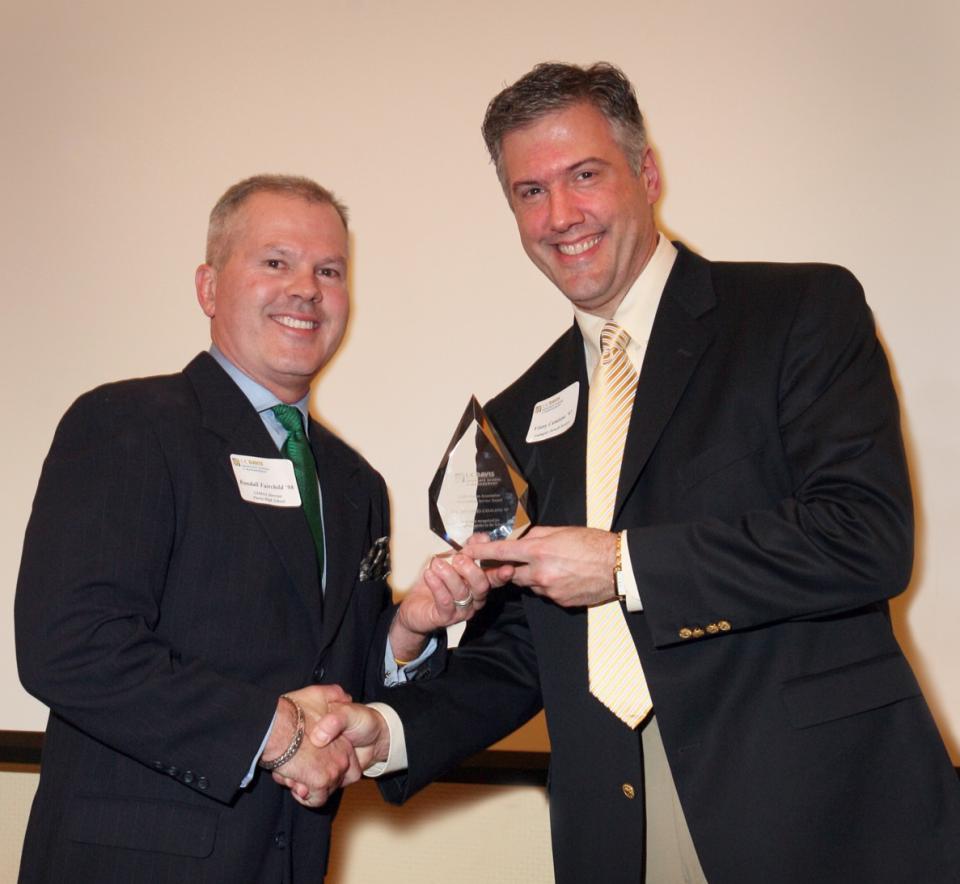
“It was an interesting blend of folks,” Catalano said of his fellow charter classmates. “80% were either from Intel or HP, but also a lot of people from health care and an assortment of industries that really wanted to improve themselves and get a better education.”
At a kick-off event for the first cohort at the Capital Athletic Club, Catalano said they thought they were there for a party but were caught off guard when Palmer broke the ice by jumping right into his first lecture.
“We learned from each other,” Catalano said. “There was a lot of group work. There were a lot of exciting relationships that I built and still have to this day—long-term friendships.
A fellow MBA alumnus convinced Catalano to make the jump from HP to the health insurance industry, where he spent more than 20 years at two of the world’s largest brokerages. Now, he's ventured out on his own as founder and CEO of CLEAR Healthcare Solutions, assisting client companies with strategic benefits planning “to put the employee back into employee benefits.”
Since earning his MBA in 1997, Catalano has stayed well connected to the School, volunteering as a director and president of the Graduate School of Management's Alumni Association, mentoring students, moderating alumni speaker events and emceeing GSM events—just to name a few. His peers honored him with the GSM Alumni Association’s 2008-2009 Outstanding Service Award.
“Having an MBA is gold. You can’t put a dollar figure on it. It’s really for the richness of living better. You learn new things, you build a new network, you engage with people in this world in a different way by having an MBA. That is an important distinction from just any other degree—an MBA anchors you in the world in a way that I think no other degree does.”
— Vinny Catalano MBA 97
Most importantly, Catalano said earning an MBA allowed him to rebrand himself from an undergraduate chemistry major into a successful business leader.
“Having the MBA was life-changing for me.”
Photo Gallery: 30 Years of Sacramento Part-Time MBA Program
Click to learn more about the history of the program
